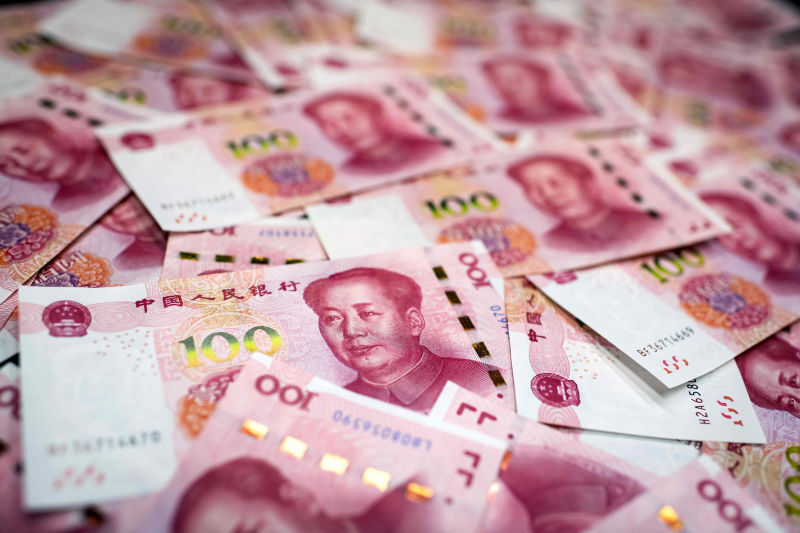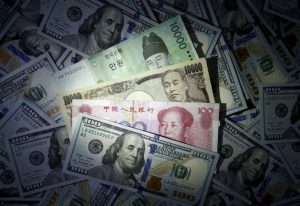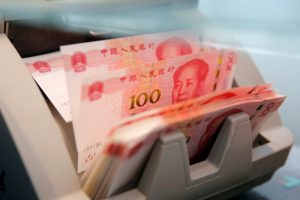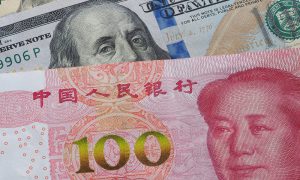China’s yuan fell to a six-month low against the dollar on Wednesday, dragged down by a weaker-than-expected official midpoint fixing and persistent worries over economic growth outlook.
But falls were limited by China surprisingly keeping its benchmark lending rates steady for the third straight month at its April fixing. Markets saw the move as indicating caution by Beijing in rolling out easing measures.
Prior to market opening, the People’s Bank of China (PBOC) set the midpoint rate at 6.3996 per dollar, 0.43% weaker than the previous fix of 6.3720.
Markets usually note the PBOC’s daily yuan fixing to gauge the official attitude towards foreign exchange policy. Many currency traders interpreted Wednesday’s weaker-than-expected midpoint as indicating it would allow some weakness in the yuan.
The spot yuan opened at 6.4055 per dollar and fell to a low of 6.4115 at one point, the softest level since October 29, 2021. By midday, it was changing hands at 6.3970.
Its offshore counterpart also followed the weakening trend to touch a six-month low of 6.4394 before trading at 6.4161 around midday.
Traders said an economic slowdown due to Covid-19 induced lockdowns and rising US yields have piled downside pressure on the Chinese currency.
Negative Yield Differentials
The yield gap between China’s benchmark 10-year government bonds and their US counterparts stood at -8 basis points (bps), the lowest since 2010, down about 50 bps from the beginning of the month.
Negative yield differentials have allowed dollar strength to “belatedly transmit into the RMB space,” said Terence Wu, foreign currency strategist at OCBC Bank.
China’s vanishing yield advantage and policy divergence with the US, which is set to raise interest rates aggressively this year, have piled pressure on the yuan and forced the PBOC to ease more cautiously.
“With commodity prices elevated and the USD/CNY just breaching the critical 6.4, the PBOC appears to be concerned about inflation risks and Fed hikes,” Citi analysts said in a note.
“Looking ahead, the monetary policy may take the backseat, and the PBOC will likely exercise restraint in interest rate and reserve requirement ratio (RRR) decisions, but rely more on credit policy to support growth.”
- Reuters, with additional editing by George Russell
READ MORE:
Digital Yuan Eases Project Payments – OpenGov Asia
China Expands Digital Yuan Pilot Scheme to More Cities
Brazil’s Central Bank Quadruples its Yuan Reserves





















